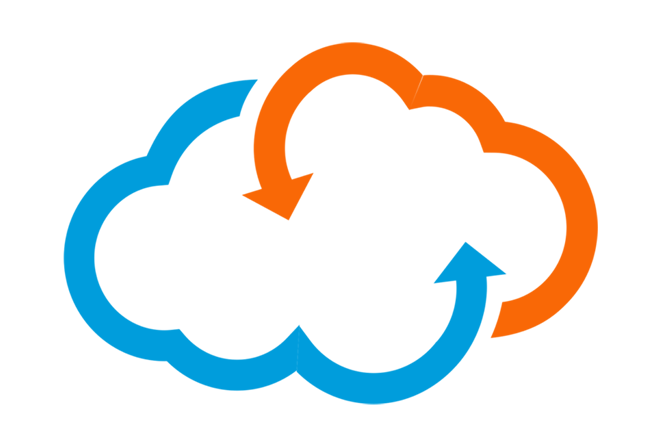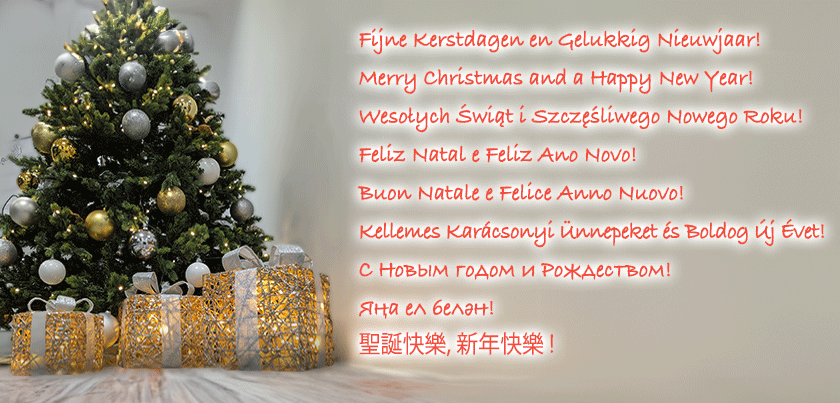It is difficult to make predictions, especially about the future
We don’t really know who is responsible for this oft-quoted saying, but they hit the nail on the head. But this year, at the start of a new decade, we would like to have a go and take a look at some marketing trends for 2020.
1. Hyper-personalisation
When you send an email to Jack Johnson, the salutation reads ‘Dear Jack’ or ‘Dear Mr. Johnson’. That’s the first rule of email personalisation. So why do I still receive emails adressed to ‘Dear sir/madam’ or even worse ‘Dear [awkward whitespace]’? Sometimes, this even happens when I have provided the sender with my first name and gender a long time ago. It’s enough to make me stop reading your email, because you really don’t make me feel I’m regarded as a valued customer.
If you have the data, even the most basic email marketing tool will let you personalise the salutation. If you don’t have the data, get creative and find an alternative for ‘Dear sir/madam’. and never, ever (and I mean NEVER) use ‘Dear ‘.
Hyper Personalisation goes above and beyond a personalised greeting. Create better campaigns by targeting your audience according to interests, stage in the customer journey and number (and type) of interactions. (Forget about segmenting by age, that’s not a good criterium at all IMO.)
Use the power of AI and Machine Learning to define your segments for hyper-personalisation. By analysing clicking behaviour AI, such as Salesforce Einstein, will gather data about the likes and interests of your customer. AI can then predict and suggest content a specific customer will most appreciate. It can also suggest optimal send times for emails, ensuring your messages are opened and read.
2 . Customer 360
According to the latest research (only available in Dutch) by the Dutch association for data & marketing (DDMA), 74% of Dutch consumers understand organisations’ need to collect personal data. Only 29%, however, feel they get better service based on that data. This means organisations need to work harder to show their customers the benefits of data collection. You can do this by unifying all your channels (marketing, sales, customer service, both online and offline) into a 360 view of your customer. Read how Salesforce is making this possible here. If you can get this complete view of your customer, you will be able to add a personal touch and value to each contact in the customer journey.
3. The voice revolution?
Experts have been telling us for a couple of years now we will be operating all our devices with speech in the near future. Amazon and Google have been releasing skills and assistant actions for speech by the dozen. Big brands are investing big money in developing SEO and apps for speech. And if they do it, other organisations can’t stay behind, can they? What if we missed our chance to reach the voice directed paradise?
Pros:
Voice powered operation can be of added value in numerous situations: While driving a car, for instance, to safely use navigation or other functions on your phone. In case of an emergency, Siri may save your life. And if you are unable to use your hands because of illness or disability, voice commands are a great help with everyday tasks.
If you are working in sales, it’s really convenient if you can update your calendar, or add notes to an account by voice command while you are on the way to your next appointment. This leaves you more time to spend on meaningful and profitable conversations with your customers. Salesforce even adds AI to the mix, with Einstein Voice.
Cons:
But do we really know how many of the 25 million smart speakers sold in Q3 of 2019 are used for voice search, or to order stuff, or to operate smart homes? Sales figures alone don’t tell us anything about use. To stimulate adoption, smart speakers are offered with huge discounts, or given away as incentives with other products and services. How many of them are underperforming, just streaming music in kitchens? To quote Marvin, the Paranoid Android: “Here I am, brain the size of a planet, and they tell me to take you up to the bridge. Call that job satisfaction? ‘Cos I don’t.”
Talking to a device at home or in your car is sometimes convenient, usually safer and generally not embarrassing. But would you really feel comfortable talking out loud to a digital assistant in your phone in the street, or on public transport? Even now, you see people glued to their screens wherever you go. What if everybody was talking (but not to each other) all the time as well? If voice won’t add value to your product or service, don’t waste time or money on it. It’s ok to be a late adopter.
4. Design: exquisite ugliness
Forget subtlety and throw aesthetics out the window, today’s design trend is Brutal. Big, bold fonts, clashing colours, flattened logos, animations and weird spacing. It’s been happening for a while, but it’s no longer just for the design elite. Take a look at the website for the Frans Hals Museum. Daring and maybe not for everyone. If you decide to go for Brutal, make extra sure your site works equally well on mobile. If you are not into this kind of agressive design, keep it super simple, with quiet fonts and colours, and plenty of whitespace.
5. Jobs of the Future
While some jobs might be disappearing because of automisation and robotisation, new jobs – that can only be done by humans- will appear in the near future. Just like in the material world, as much valuable material as possible will be recycled from trash. that’s where the Data Trash Engineer comes in. In this job, you will utilise the latest techniques to sort through unused data that used to be classified as useless, and unearth treasure. Another cool job could be Algorithm Bias Auditor. You will be responsible for checking that algorithms are honest, unbiased and ethical.
Take a look at some -fictional, but likely- job descriptions for these and other jobs of the future here. Maybe they’ll give you inspiration for a career switch!
Conclusion:
Trying to predict the future for marketing, is like reading tea leaves or coffee dregs. Are we on the cusp of the new roaring twenties? Only time will tell.




